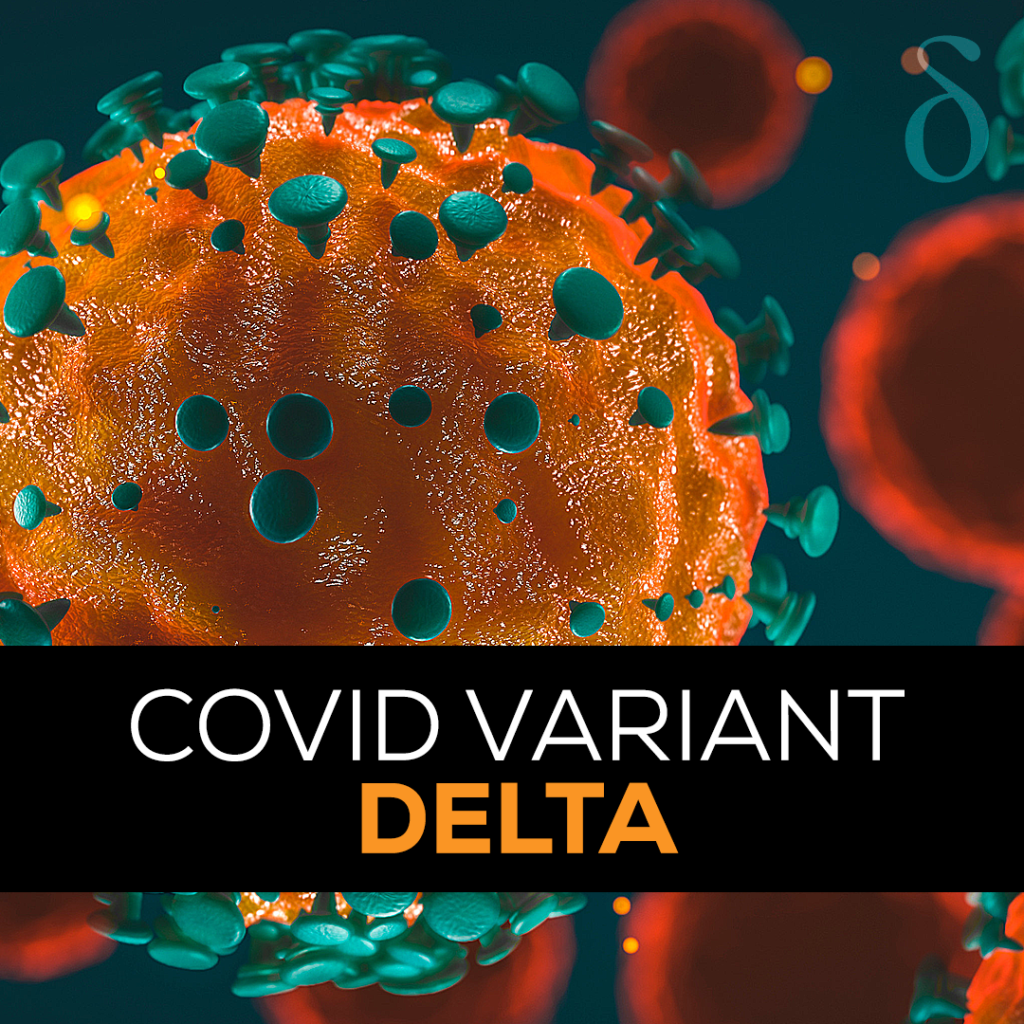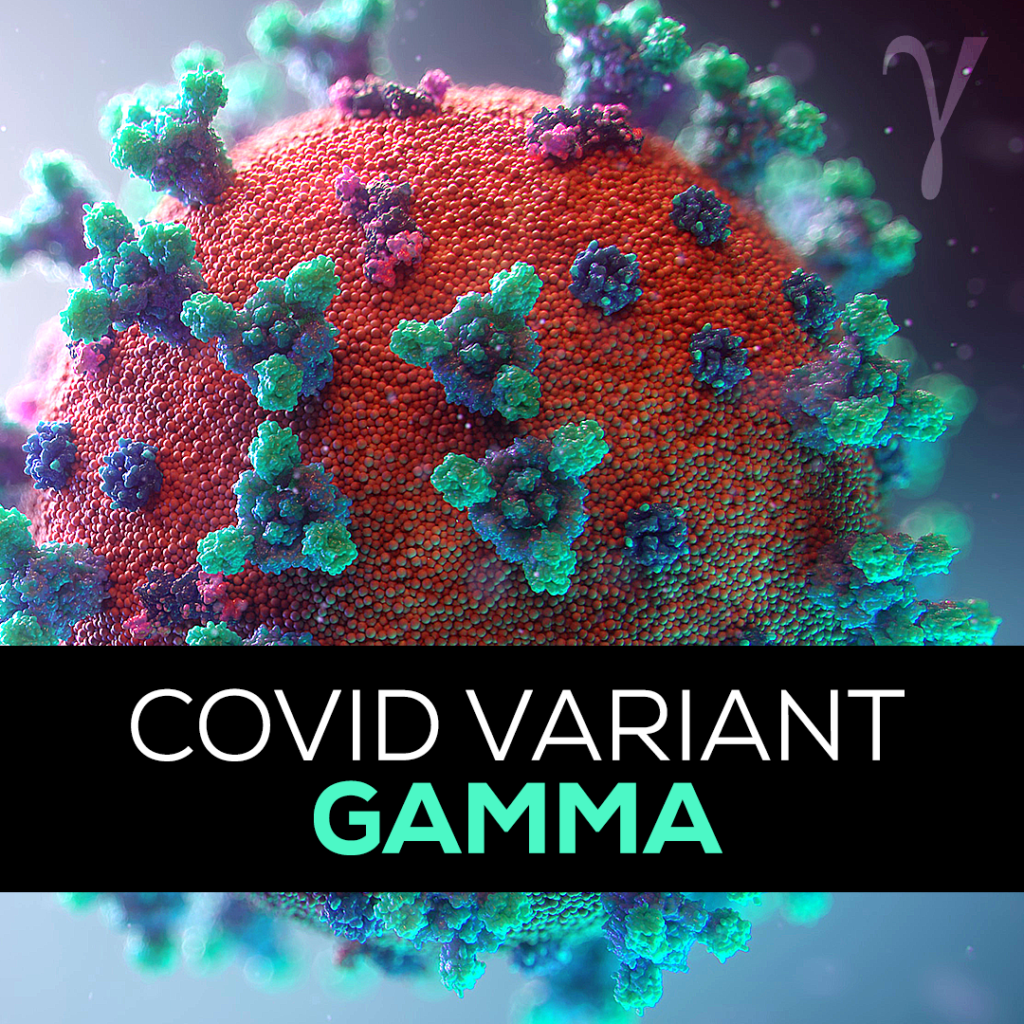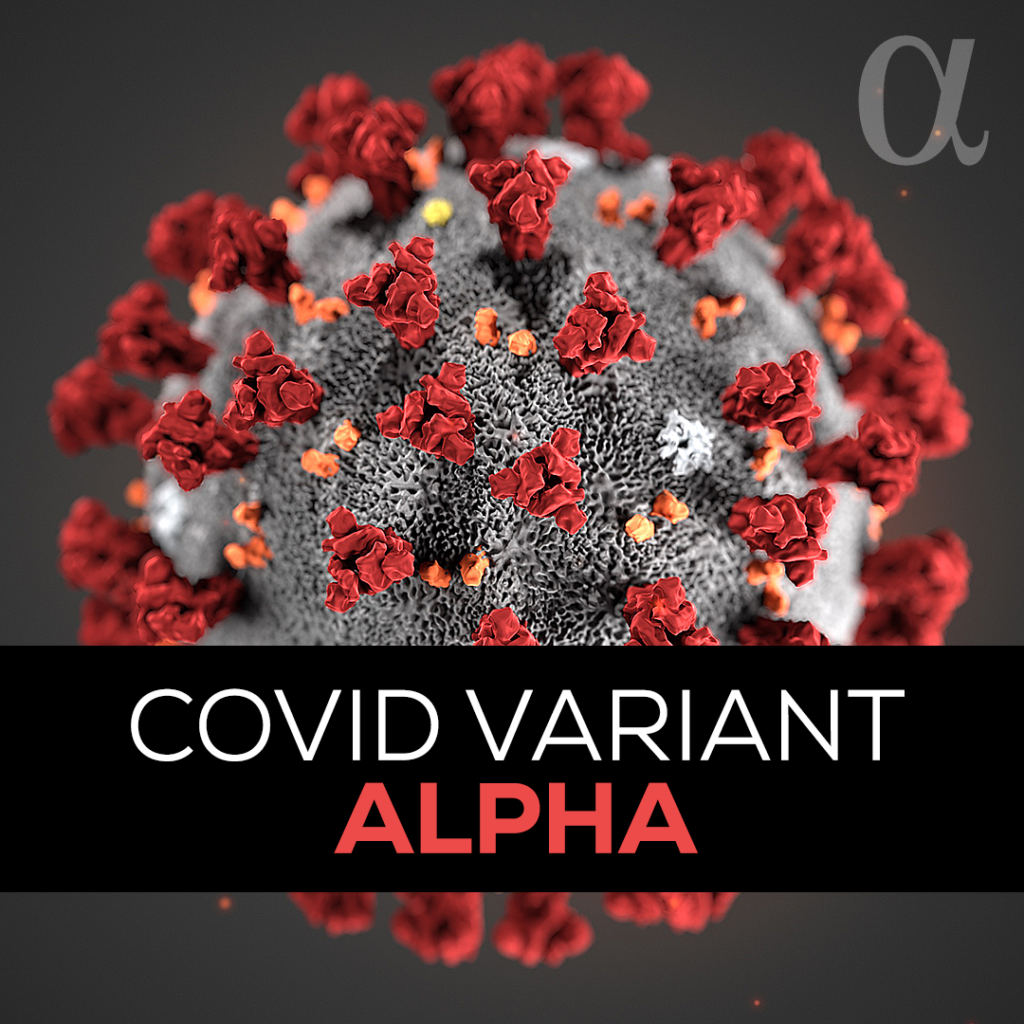Over the past year and a half, the entire globe has been affected by the worldwide pandemic known as SARS-CoV-2 a.k.a COVID-19. The unfortunate pandemic came to America and started its fury in early 2020.
Governor Mike DeWine and former Ohio Department of Health Director Amy Acton took action to help “flatten the curve” by closing all public, private, and charter schools, restaurants, bars, childcare and fitness centers, barber, and beauty salons, and all facilities deemed as “non-essential”. There are a few exceptions that remain open which include but are not limited to take-out and delivery from restaurants and grocery stores, as well as health care facilities and pharmacies.

Additionally, school buildings remained closed from mid-March 2020, but virtual throughout the remainder of the 2019-2020 school year. Schools such as Sinclair Community College remained virtual throughout the pandemic and fully reopened their campus to students at the start of the Fall 2021 semester. Upon arriving on campus, Sinclair has implemented a mask policy that students, faculty, and visitors wear masks to help stop the spread of COVID-19, as well as social distancing.
America has come a long way when dealing with the pandemic, but the reality is America is still in the middle of it.
When asked about the biggest difference between the original COVID-19 strain to the Delta variant to now the Gamma variant, Dr. Michael Dohn, medical director for Public Health for Dayton & Montgomery County, gave some insight into what some may not have already known. Dr. Dohn started off by giving a brief history of the Alpha, Delta, and Gamma variants.
“The original strain gave way in the United States to the Alpha variant. People think that because it’s Alpha, it’s the original one, but it wasn’t. It was a subsequent variation,” said Dr. Dohn.

The most common variant, the Delta variant, followed the Alpha variant and is the current and most powerful of all the variants so far. The Gamma variant, which would follow, was discussed as well.
“The Delta variant is very efficient and has out-performed everything. The Gamma variant at this point is less than 0.5 % and it’s not going to come back. The Delta variant at this point is northward in 98-99% of cases,” Dohn said.
Dohn’s main point regarding the Gamma variant is that it is behind us.
When asked if he had any insight about any potential “waves” that may occur from the Delta variant, his answer was very interesting, especially in regards to the statistics for Montgomery County.
“I think we’re in it. The county is at 98%,” said Dr. Dohn.
Dohn also talked about another variant, something which may or may not affect the US, the Lambda variant.
“The Lambda virus, like the Delta, tends to be more infectious,” said Dr. Dohn. “I’ve seen nothing that says it’s here in the US, only that it’s in South America.”

Talks about vaccinations having a preventative measure have been increasing over the past couple of months. Companies in the U.S. that have produced the most COVID vaccinations have been Pfizer, Moderna, and Johnson & Johnson.
To get more people vaccinated, Governor DeWine introduced programs around the end of spring to incentivize receiving the vaccines. Prizes included an Ohio Lottery drawing for scholarships for students under 18 and $1 million dollars for everyone older than 18.
When asked about the vaccination numbers for Montgomery County, Dr. Dohn said that the county is about half vaccinated, along with the state of Ohio.
“The number now is about 50% for Montgomery County. 46-47% have received their first vaccine. About 49% are completely vaccinated,” said Dr. Dohn.
For more information on the vaccine and where to get the vaccine, click here.
Carlos Mathis
Reporter

